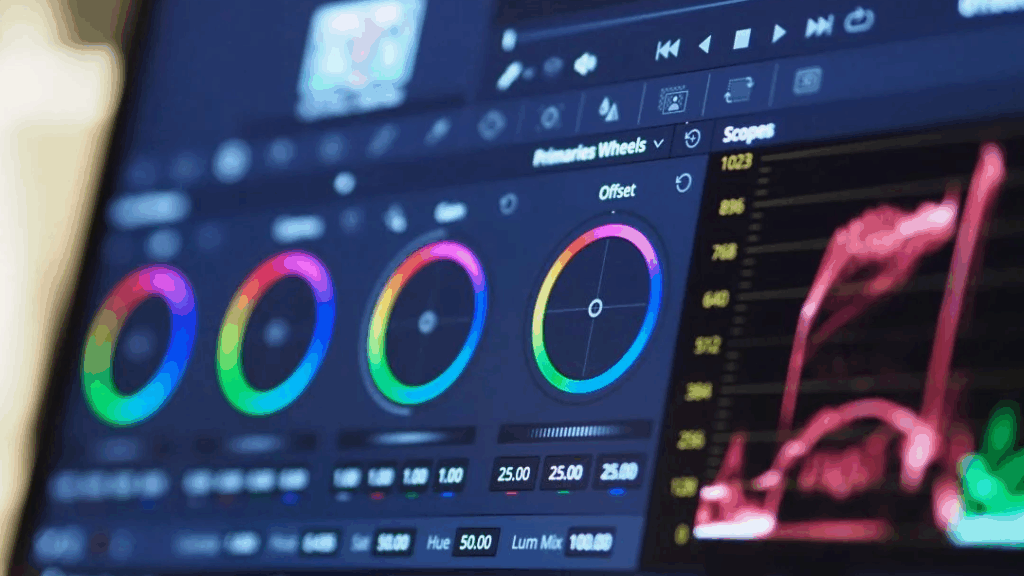Color grading software plays a crucial role in the filmmaking process, allowing filmmakers to enhance the visual appeal of their projects and convey emotions and moods. DaVinci Resolve is widely regarded as one of the best color grading software tools available, offering a comprehensive suite of features for refining footage. In this article, we will explore the power of color grading software in filmmaking, from basic adjustments to advanced techniques.
We will begin by discussing the fundamentals of color grading, including the importance of color theory and the role of color in storytelling. We will explore how color grading can be used to enhance the visual appeal of a project, convey emotions and moods, and create a cohesive and immersive viewing experience. We will also cover the basics of color grading in DaVinci Resolve, including how to use the various color grading panels and nodes.
In addition to basic color grading techniques, we will also delve into advanced workflows and features. DaVinci Resolve offers a range of powerful tools for refining footage, including secondary color grading, tracking, and masking. We will explore these features in detail, demonstrating how to use them effectively to achieve professional-quality results.
Color grading is a powerful tool in the filmmaker’s arsenal, and mastering it can elevate your projects to new heights. Whether you are working on a short film, a commercial, or a feature-length project, the techniques and tools covered in this article will help you harness the power of color grading software to create visually stunning and emotionally resonant stories.
